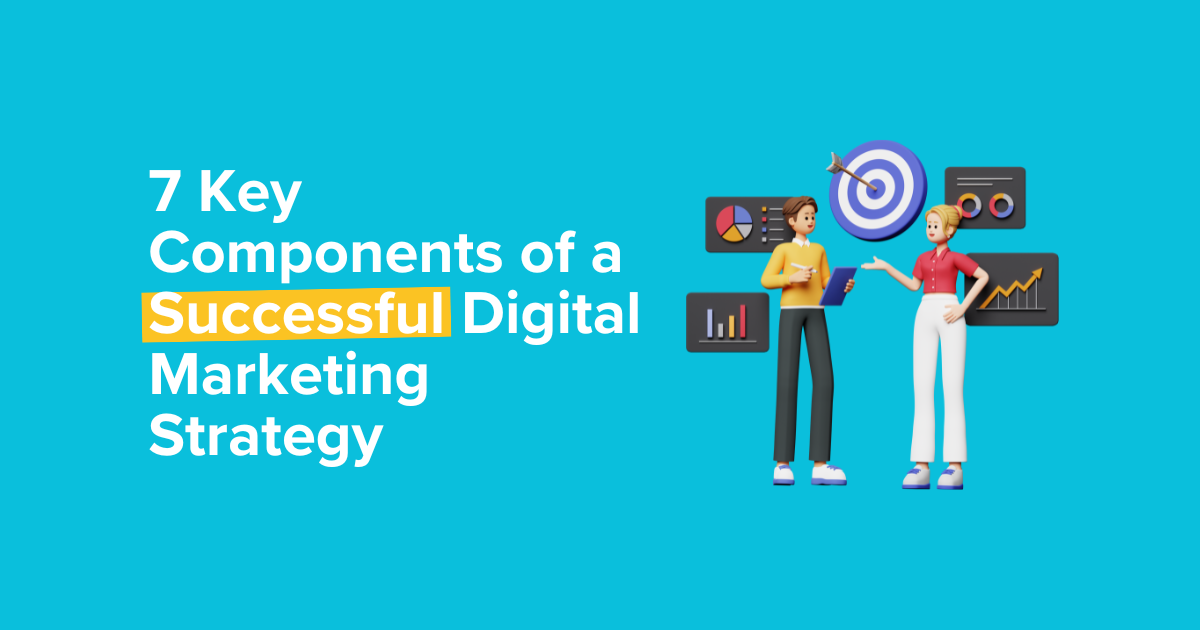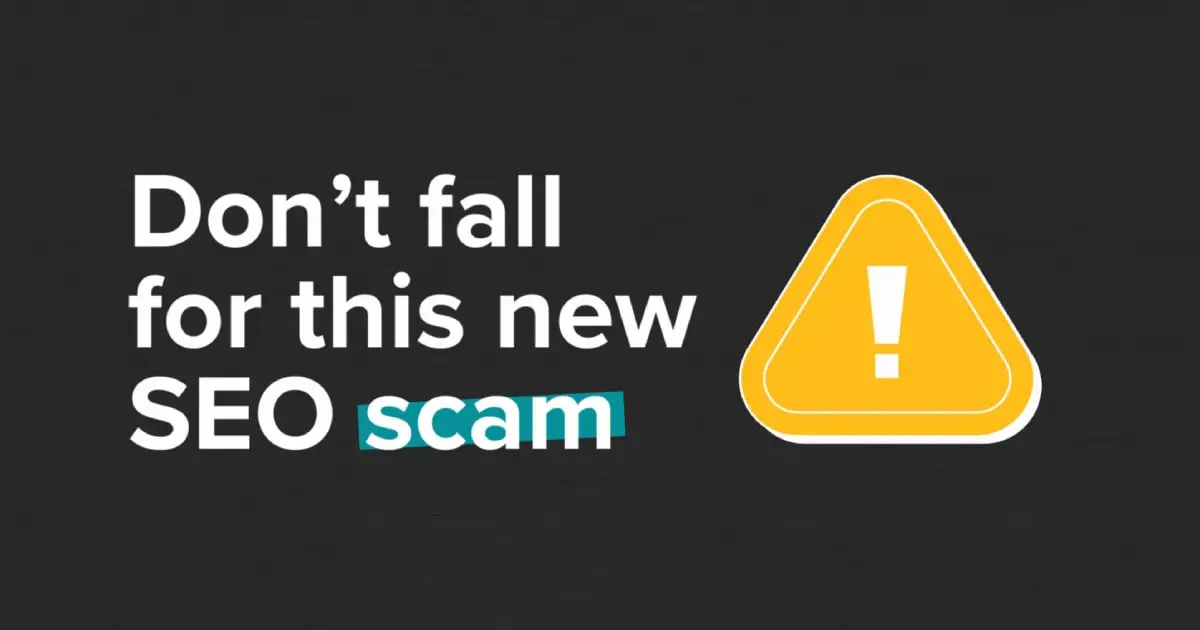


The common goal of every business is to make sales and profit over a long period of time. A terrific way to enhance profits and grow revenue is through an appealing and convincing website. This can take months of planning, developing, and building to meet your customer’s specifications, but how do you get them to visit in the first place? This is why you need a digital marketing plan, and perhaps a digital marketing agency to formulate effective digital marketing strategies. Connecting with the target audience from the right locations and at the ideal time has always been the key to successful marketing. Let’s delve a bit further into what digital marketing is, or rather, what a successful digital marketing strategy is. Read on to find out.
Mel Gibbons
28 December, 2022

Digital marketing covers all marketing initiatives that can be actioned online. They can be implemented using digital channels like websites, social media, search engines etc. to engage and connect with current and prospective customers.
A sound digital marketing strategy is designed to help businesses achieve set goals and key objectives through digital channels.
Below are seven key components of creating a successful digital marketing strategy. You can also use these to gauge if your current digital marketing agency is considering the key components when developing your digital marketing strategies.
Content is much more than just fantastic blogs, Tweets, and advertisements. There’s a lot you can do to get creative. It is important to stay updated on the current technologies and the latest means of reaching out to your target audience and incorporate them into an effective digital marketing strategy.
Your ability to tell a story is vital for effective outreach and engagement. Therefore, your plan should revolve around an efficient, high-quality, valuable advertising campaign. What exactly does this mean? First, create your primary ads and service offerings, and then produce content with well-placed CTAs (call to action) that will direct as well as encourage readers to purchase.
Make sure your content is relatable, relevant, and valuable to the audience. You’ll also want to understand how your content performs is in terms of SEO and analytics patterns. Everything you send out into the world becomes “data,” and tracking it diligently is critical. Tracking can also help determine user experience. For example, if your website has a high bounce rate, low number of users being converted after visiting etc. you can conclude that your content is irrelevant, disadvantageous, and therefore your website may have poor user experience.
Return on investment (ROI) is the lifeblood of advertising. But unfortunately, although there is always room to spend more to generate better return, there is a limit on advertising budgets, no matter how large your company is. Whether your paid ad vehicles are emails, social media advertisements, banner ads, YouTube videos, or all the above! It is important to keep track of the ads and adjust strategies based on real-time results for optimum results.
It is best to question, analyse and review every aspect of your ad approach as your campaign progresses. It reduces ad waste and allows you to concentrate your efforts on what appears to be your most successful strategy.
Planning out what and when to post on your digital marketing channels is critical. Therefore, arranging your content calendar is vital to developing a digital marketing strategy. The toughest consideration is – how often should you post? The reality is, the more you post the better! If you still need to figure out how frequently your audience will check in, try posting on social channels at different times to see what performs best.
If blogging more than once a week is too time-consuming and resource-intensive, consider two posts each month. It is also advisable to establish a plan for when these pieces will go online so that followers know the time of day or week to expect fresh content from your company.
Lead nurturing is another approach to increase sales. It involves distributing relevant information that entices recipients to contact you with their needs. So, it’s time to start milking your database! Don’t just sit on your contacts and leads. To urge them to buy/convert, make contact frequently through various touch points (web pages, social material, email, etc.).
Lead nurturing efforts are effective. They enable your organisation to create relationships with potential consumers while providing them with useful information and offers without expecting an immediate return on investment.
Email marketing, another component of good digital marketing, can increase your reach and visitors to your website. People who opt for receiving your emails indicate they are interested in what you have to offer. Email marketing is an excellent way to generate leads. It allows you to follow up with potential consumers and provide them with personalised information about products or services.
Using segmentation, you can customise your emails based on your subscribers’ needs and interests. Then, you can send relevant content to them. A client email list is also useful for boosting loyalty. You can accomplish this by sending out regular emails with information on new products, special deals, and coupons.
It would be in your best interest to prioritise analytics in your digital marketing plan. Analytics is how you can measure if your strategies are turning into conversions. For example, you should constantly analyse critical metrics related to your campaigns so you can understand what’s working. Monitoring key performance indicators (KPIs) such as conversion rates and cost per lead can allow you to optimise your efforts and reach even more customers. In other words, tracking your analytics will help you keep marketing expenditures low and profits high.
To begin, how does your current engagement look? For example, how many likes and shares do you have? How frequently do you publish content, and does it include a clear call to action (to generate conversions)? You can acquire leads by running advertisements on social media and targeting consumers interested in your products or services by advertising through social media ads.
Social media listening will help you identify critical trends and gain insights into potential consumers’ thoughts and opinions about:
This data can be useful for tweaking and optimising other additional aspects of your marketing strategy.
If you’re running a lead generation campaign, include a link that takes people away from the social network and onto your website. They may choose to fill out their information, and your team can contact them later. It is a critical stage that allows you to gather vital information about your potential consumers like their contact information and areas of interest.
You can go on and convert these leads into sales by providing them with relevant information and offers based on the ones they expressed interest in via social media marketing.
Successful and effective digital marketing techniques are never black and white. However, you can use them to your advantage with a little practice. Try not to get completely caught up with profit and conversions! Instead, place a greater focus on the human element – the buyer’s journey, brand story and engagement. You will undoubtedly woo your clients with a great user experience and acquire a much larger audience.
Join hundreds of businesses boosting their knowledge with our monthly insights.
Contact us for an online marketing solution to build your brand and grow revenue.
Contact Us 1300 055 000
1300 055 000

